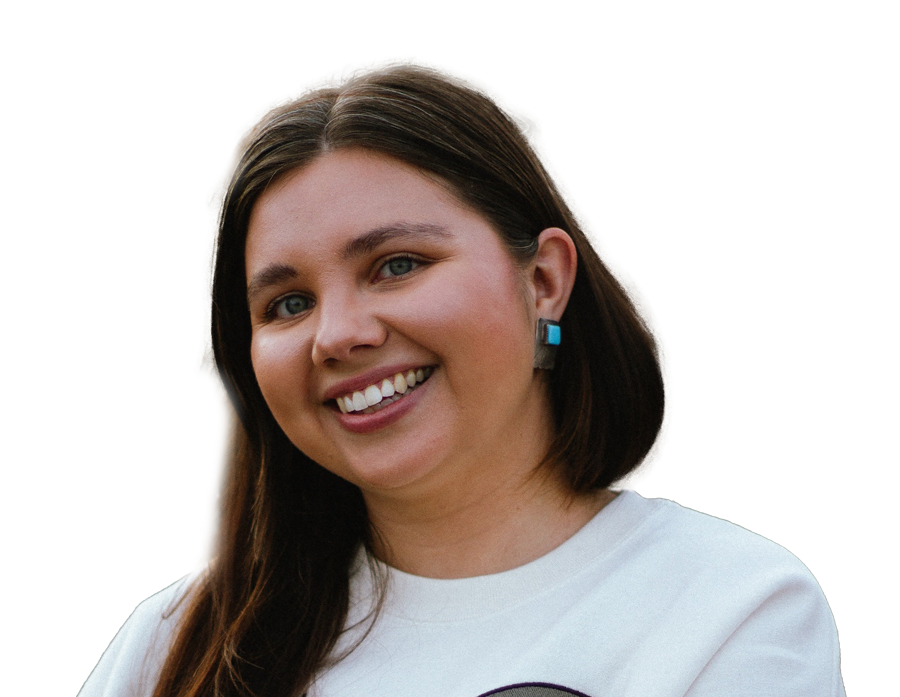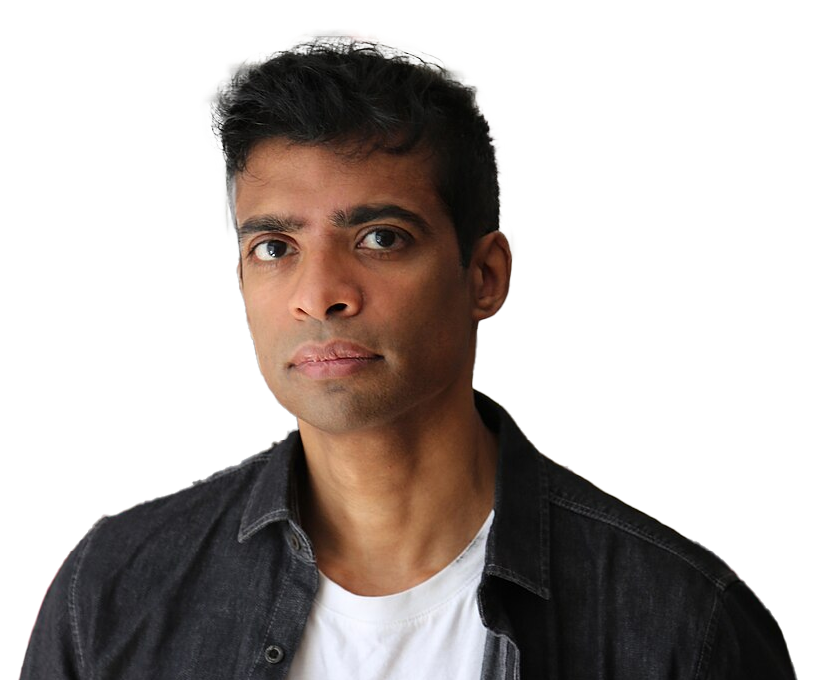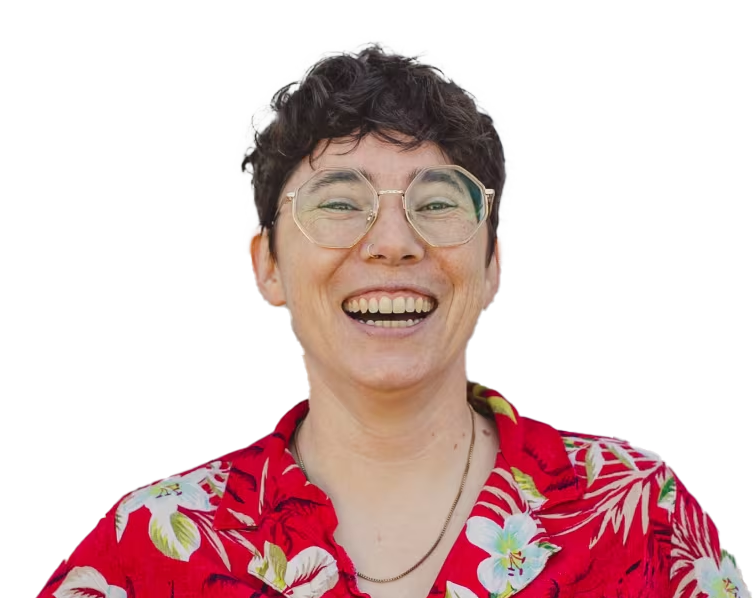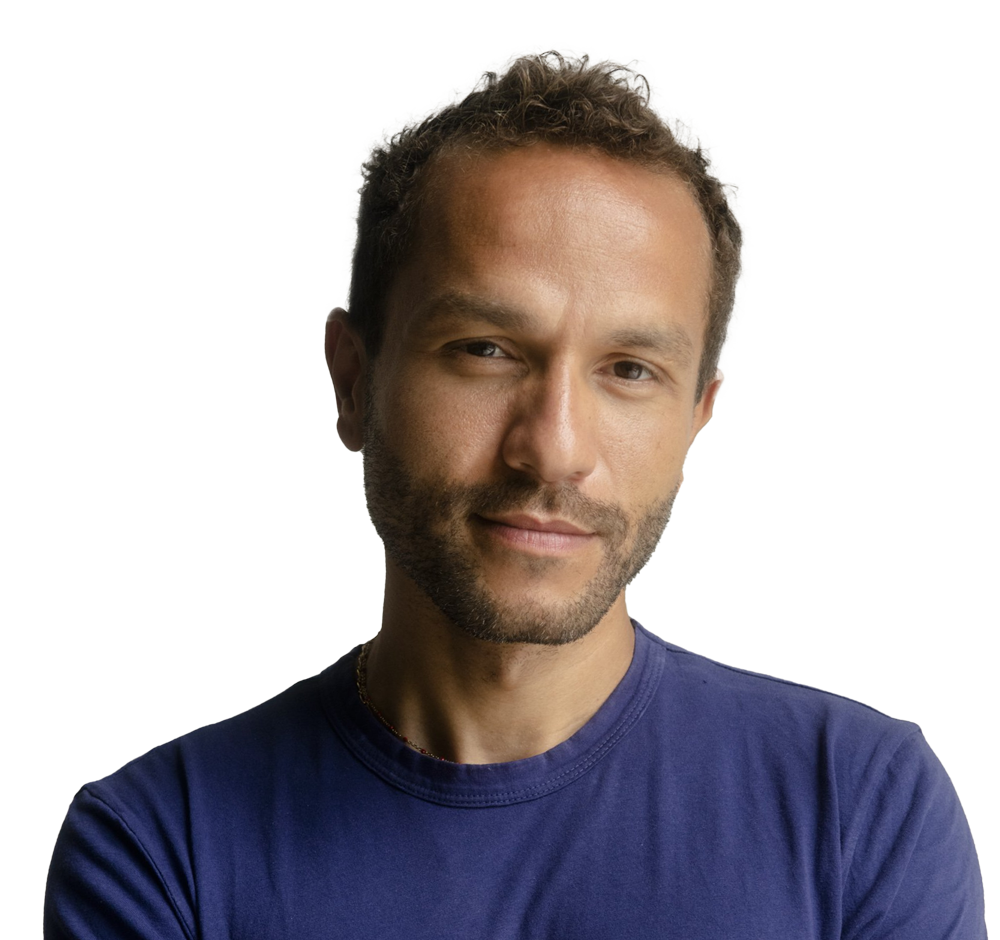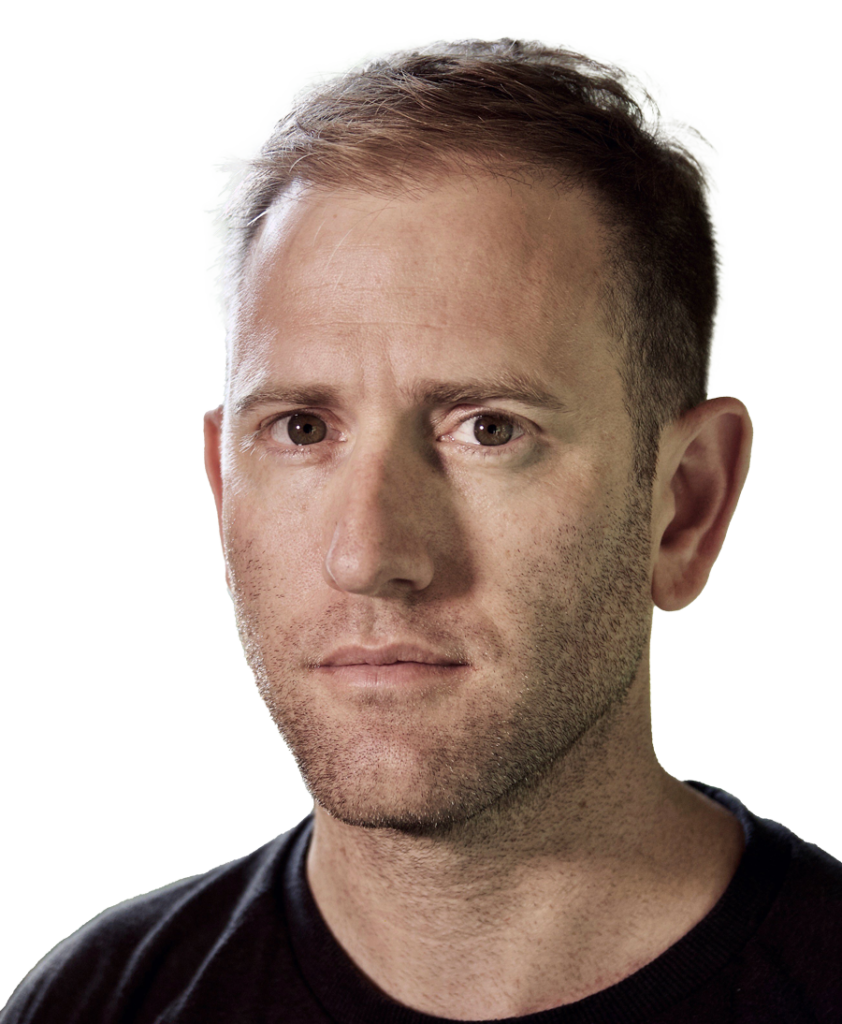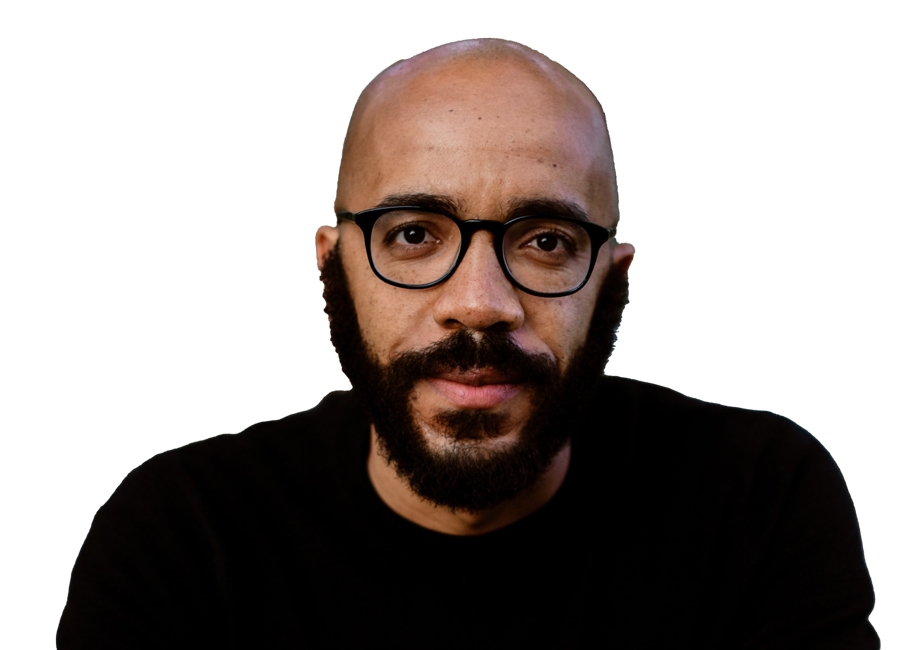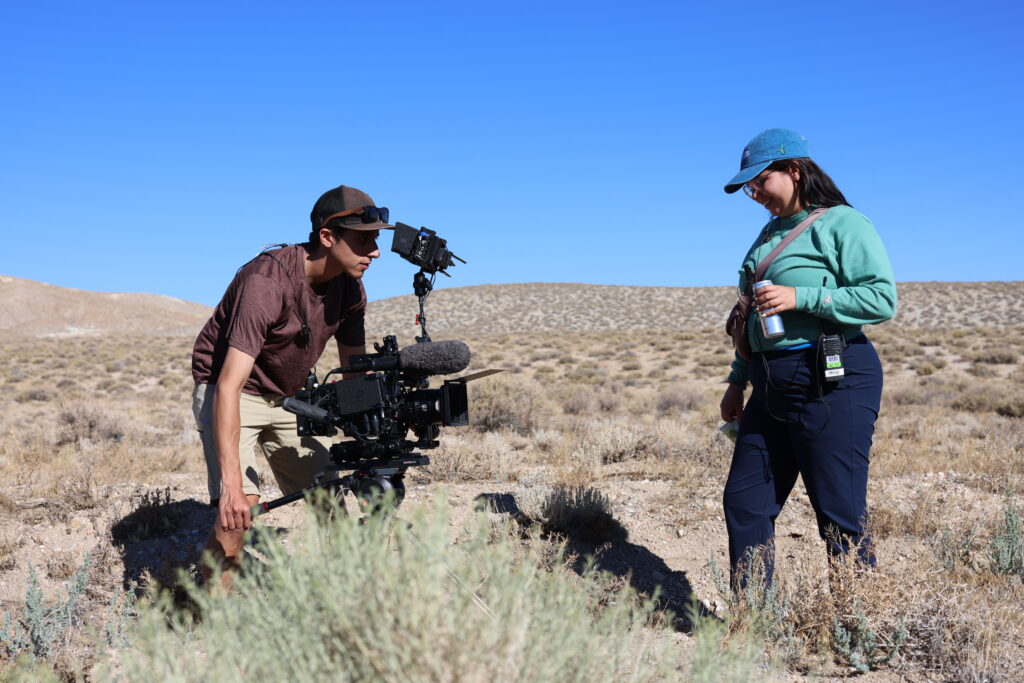
This interview has been condensed and edited for clarity.
In Remaining Native, you follow 17-year-old runner Ku Stevens and his efforts to grapple with his great-grandfather’s escape from a compulsory boarding school—a chapter of history still largely unknown to many non-Native Americans. Ku has said, “You were sent to boarding schools to die. If you didn’t die, you came out of the schools broken.” What did you hope to teach—or reveal—with this film?
The film places emphasis on healing, hope, and joy, showing one young person’s journey towards a deeper understanding of self, community, and culture, learning to balance individual success without abandoning identity. I hope Ku’s story is a reminder that we can run in parallel with our histories, simultaneously remembering our past while moving forward towards a future that doesn’t have to be defined by trauma. I want audiences to feel empowered to look inward and interrogate their own relationships to land, culture, and history. For both Native and non-Native audiences, I hope they feel inspired and understand that healing is possible, while never linear. It can exist in spaces where we come together with openness, respect, and love.
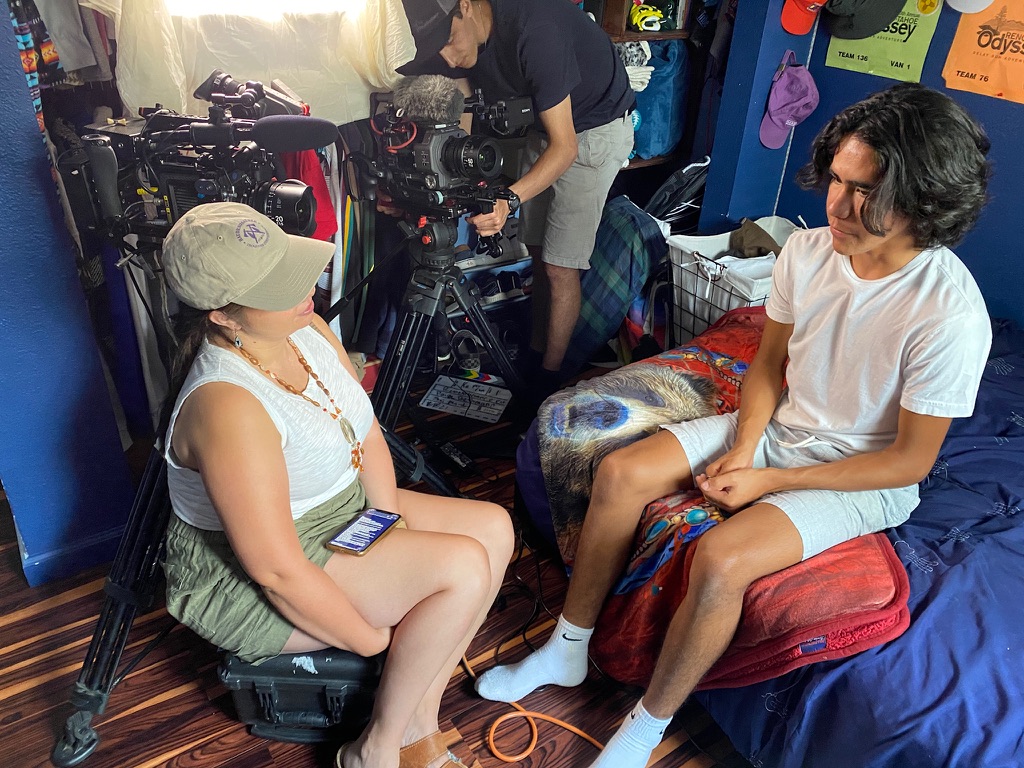
Ku has shown remarkable empathy, sharing, “I do not wish for non–Native Americans to feel shame for their ancestors’ role in Indian boarding schools. I only wish for understanding, open-minded listeners who are able to offer my people sympathy, not bigotry. Through this way of communicating, I believe that we may begin to heal and move on from our recent gruesome past.” What have you learned from Ku about empathy, compassion, and the work of reconciliation?
I think Ku carries himself and speaks from a place of compassion. His father, Delmar, would call that being a “dangerous Indian”: someone who is educated and generous, and can reach people to help bridge connections between us. Ku is an example of the future and often shares that what we do today will impact the next seven generations. I have often been frustrated in spaces where there is bigotry and ignorance, but Ku has taught me that there is power in speaking from the heart and sharing your story, and that even if someone can’t understand, you’ve done your responsibility by carrying our ancestors’ stories forward.
For the film’s world premiere at SXSW, your team partnered with Nike Running to bring together Austin-based runners and Indigenous communities in celebration of the story. What has it meant—for you as an independent filmmaker and for the communities represented—for a global brand like Nike to help amplify this film and elevate its visibility on such a wide stage?
Nike has such a profound impact in the sports world, and now, with their N7 program, which focuses on uplifting Indigenous communities in athletics, it felt like an organic partnership. It’s meant a lot to have the support and recognition from Nike to help elevate our work and bring more people together. Our goal is to foster a connection between community, land, and identity. To be able to move together and experience ancestral muscle memory in this way is awesome, and we look good in the Nike swag!
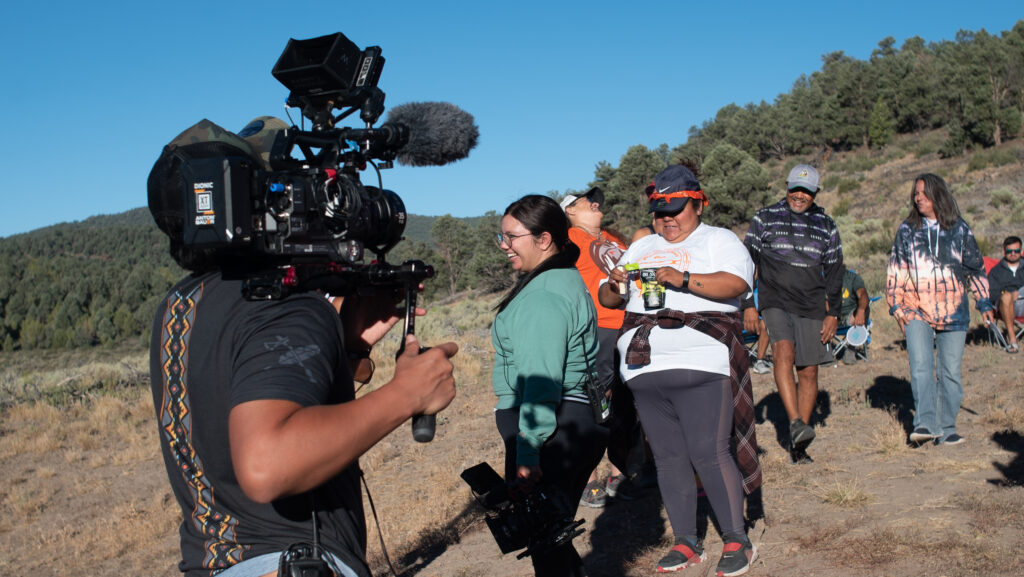
You’ve spoken about the deep significance of running in Native culture—and how, traditionally, runners held vital roles as messengers, covering hundreds of miles to connect communities. For those who might not be familiar, can you describe what it meant to be a “runner” in Native American communities, and what it means today, especially for Native runners reclaiming that role on ancestral land?
Running is medicine. It’s a way to connect with our bodies, the land, and our memories. I can’t speak for all Native American communities, but for Ku he has found a higher purpose with running. He sees the impact it’s having, fostering conversation and getting people excited about forging their own relationship to land and ancestry. The land holds our stories, and through running, we can access those emotions and memories to better ourselves and think about our futures.
Your grandmother was a traditional Mohawk storyteller who believed stories should be passed down through generations through the spoken word. You’ve said, “I’ve always been a storyteller because of her.” What made her storytelling so powerful—and how has that oral tradition shaped your own approach to storytelling, especially in the making of this film?
When I was a little girl, I used to sit at my grandmother’s feet and listen to her tell stories about the Haudenosaunee. A traditional Mohawk storyteller, she explained to me how the birds got their songs, how maple syrup was made, and who Sky Woman was. Story after story, I was in awe of my grandmother and her ability to articulate every detail from memory. One day, I asked her how she could recall these stories without a book. She smiled and said, “When stories are passed down, they remain in the heart, not the head, and I always remember what’s in my heart.”
My work as a filmmaker has often been driven by stories that encourage introspection. I push myself behind the camera with the passion that my grandmother had for storytelling, taking time for every detail, whether or not it’s deemed “important.” While I think working in mainstream media and nonfiction television gave me a skill set and a platform to hone my production knowledge, I think my time creating Remaining Native is where I’ve started to find my voice, one that’s speaking from the heart.
July 9, 2025
Photos provided courtesy of the Fellow.
